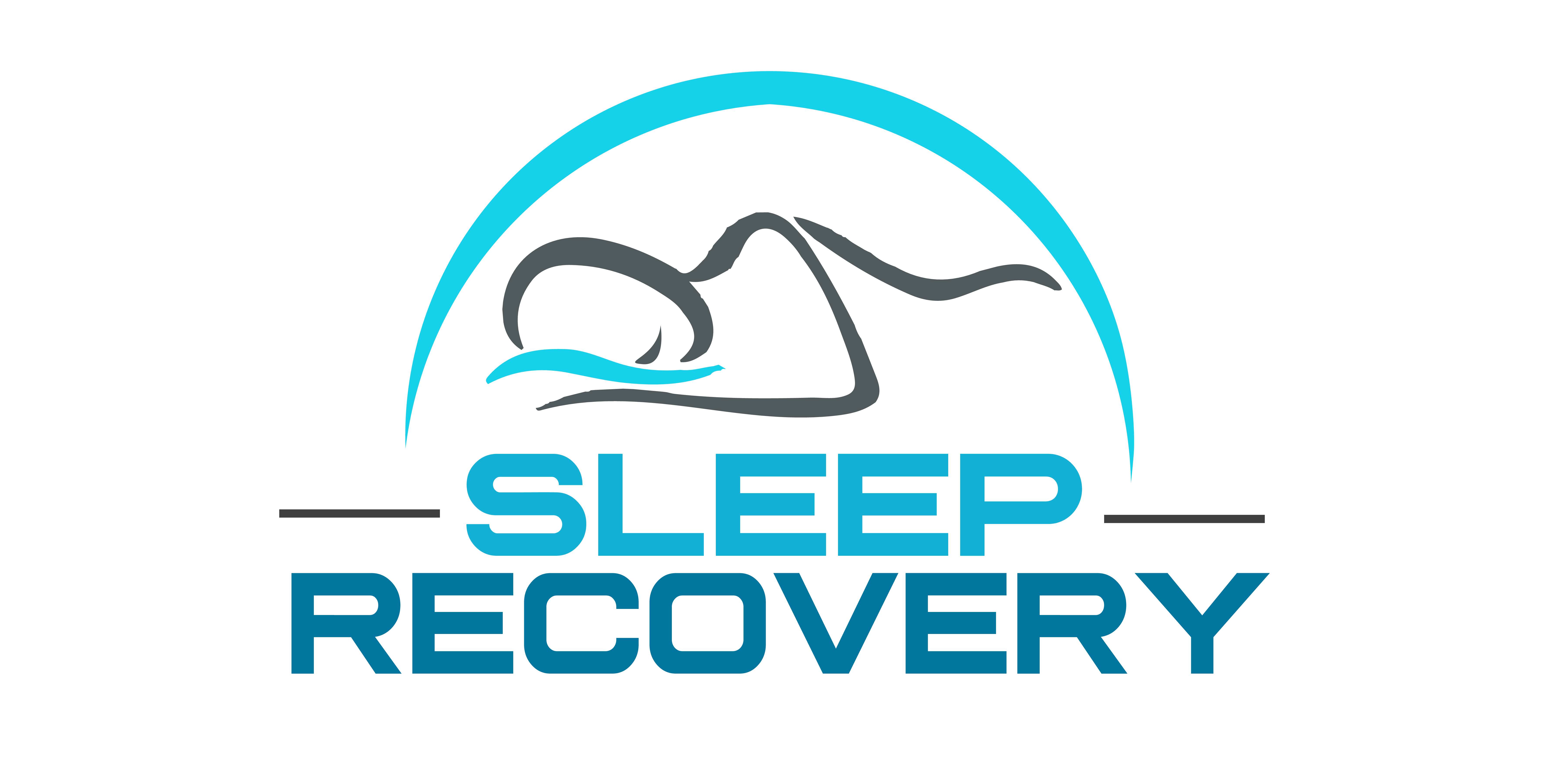Sleep Data Through New Eyes: Computational Breakthrough Unveils Covert Patterns in Insomnia

How Pioneering Medical Language Models Outshine Traditional Systems in Capturing the True Cost of Sleepless Nights
Daniel’s third sleepless night this week would mean another day of foggy thinking, irritability, and that persistent headache that never quite receded. Yet when he mentioned these symptoms to his doctor last month, they were recorded simply as “fatigue” – a clinical simplification that fails to capture the intricate web of daytime consequences stemming from his chronic insomnia.
This gap between lived experience and medical documentation is at the heart of groundbreaking research published in Communications Medicine this year. A research team spanning computational linguistics and sleep medicine has developed a framework that dramatically improves how medical records capture the actual burden of insomnia, particularly the often-overlooked daytime symptoms that profoundly impact quality of life.
The Measurement Gap in Sleep Medicine
Tragically affecting nearly 25% of Americans, insomnia remains grossly under-characterized in medical systems. While the nighttime symptoms receive substantial attention, the ripple effects throughout waking hours often escape documentation, creating blind spots in individual treatment plans and broader research efforts.
“We’ve long recognized that standard medical coding systems fall short in representing the full spectrum of patient experiences,” explains Dr. Jefferey Wilson, Clinical Director at Sleep Recovery, Inc., who wasn’t involved in the study. “This becomes particularly problematic for conditions like insomnia, where daytime function represents half the diagnostic criteria yet receives disproportionately less clinical attention.”
The research team, led by Alexander Büsser and colleagues, confronted this challenge through a novel computational approach called Disease-Specific Medical Ontology Learning (DiSMOL). These findings reveal deeper insights from physician notes than traditional coding systems ever could, revealing hidden patterns in how insomnia manifests during waking hours.
Clinical Notes to Computational Insights
The DiSMOL framework bridges normative medical expertise and cutting-edge language processing. Unlike conventional approaches that rely solely on standardized medical codes, DiSMOL analyzes how physicians naturally document patient experiences in their notes.
Drawing from nearly 500,000 clinical visit notes across 82,000 patients diagnosed with insomnia, the DisMOL system learned the specific language patterns that signal daytime dysfunction. The methodology began with established symptoms from validated questionnaires but expanded exponentially through computational analysis.
This approach yielded remarkable results. While traditional medical codes identified only 17% of daytime impairment cases, DiSMOL captured 98% – a nearly six-fold improvement. The system uncovered subtle linguistic patterns that escaped human experts, revealing how symptoms blend across cognitive, emotional, and physical domains.
The researchers observed that “the word ‘fatigued’ emerged as particularly noteworthy, “being the only symptom term connecting all three impairment domains.” Such linguistic bridges highlight how insomnia’s daytime effects resist neat categorization, flowing between mental fogginess, emotional distress, and physical exhaustion.
Medication Effects Hidden in Plain Sight
Perhaps most striking were DiSMOL’s findings regarding medication effects. When analyzing how different insomnia treatments affected daytime function, the system revealed patterns entirely missed by traditional approaches.
Benzodiazepines, medications like Ativan and Xanax, sometimes prescribed for insomnia, showed concerning patterns that standard medical codes completely missed. While traditional coding suggested a slight improvement in daytime function with these medications, DiSMOL revealed nearly 19% worsening across all daytime impairment categories, with emotional impairment increasing by over 26%.
These findings align with growing clinical concerns about benzodiazepines. “These medications were never designed as first-line insomnia treatments,” explains Dr. Lawrence Chen, psychopharmacologist at University Medical Center. “They produce a sedative effect that may improve sleep quantity while potentially compromising daytime alertness and cognitive function – exactly the tradeoff DiSMOL seems to have captured.”
Non-benzodiazepine sleep medications (commonly known as Z-drugs, including Ambien and Lunesta) showed increased daytime impairment across both measurement approaches. However, DiSMOL suggested a more nuanced picture with less severe effects than indicated by standard coding.
For trazodone, a sedating antidepressant frequently prescribed off-label for insomnia, the contrast was even more pronounced. Traditional coding suggested a 53% worsening in daytime function, while DiSMOL found no statistically significant change, suggesting the medication may be better tolerated.
The Patient Experience Decoded
These findings are particularly valuable because they bridge the gap between structured medical data and patient-reported experiences. While conventional medical records struggle to capture the subjective aspects of insomnia, DiSMOL excels precisely in this domain.
This nuanced understanding matters profoundly for treatment planning. “Knowing specifically how a patient’s insomnia manifests during the day shapes our therapeutic approach,” explains sleep psychologist Dr. Sarah Winters. “Someone primarily struggling with cognitive impacts might benefit from different interventions than someone whose emotional regulation suffers most.”
The research also highlighted how physician documentation practices evolve when confronted with different treatment options. Notes for patients prescribed benzodiazepines showed an increased frequency of terms like “groggy,” “confused,” and “unsteady” after treatment initiation—linguistic markers of potential adverse effects that standard coding overlooks.
Beyond Sleep: Implications for Medical Documentation
While focused on insomnia, the research carries broader implications for how medical systems document patient experiences across conditions. Similar computational approaches could transform the understanding of other disorders where subjective symptoms prove challenging to capture.
This represents a fundamental shift in our approach to medical documentation. Rather than forcing patient experiences into predetermined categories, we’re developing systems that learn from how clinicians naturally describe what patients report.
The research team envisions DiSMOL as complementary rather than replacing traditional medical coding. “Standardized codes serve crucial administrative and epidemiological functions,” they acknowledge, “but clinician language – properly analyzed – offers a richness that structured data alone cannot match.”
Applications Beyond Research
While developed as a research tool, the DiSMOL approach could eventually transform clinical practice. Physicians might receive real-time feedback highlighting potential daytime impacts they haven’t documented or suggesting follow-up questions about specific functional domains.
For patients, such systems could provide validation of symptoms that often feel dismissed or minimized. Many people living with insomnia report frustration when their daytime struggles receive less attention than nighttime symptoms, despite frequently causing greater functional impairment.
Electronic health record systems enhanced with DiSMOL-like capabilities could also improve treatment selection, identifying which approaches best address specific symptom patterns for individual patients. This shift toward the goal of precision sleep medicine represents an essential advance in a field where treatment selection often remains trial-and-error.
Insurance systems could benefit from more sophisticated documentation of insomnia’s impact. Current coverage decisions frequently rely on the same limited coding systems the research identified as inadequate, potentially restricting access to treatments that might better address specific symptom profiles.
The Path Forward
As computational approaches like DiSMOL continue evolving, several challenges remain. Ensuring these systems work equitably across diverse patient populations is a priority, as language patterns may vary significantly across cultural, educational, and socioeconomic groups.
The research team acknowledges these limitations while emphasizing the framework’s scalability. “The approach requires minimal human intervention beyond initial validation,” they note, “making it practical for widespread implementation across healthcare systems.”
This scalability positions DiSMOL and similar approaches to potentially transform understanding of conditions beyond insomnia, where subjective experience plays a central role, from chronic pain to mood disorders to cognitive impairment.
For the millions struggling with insomnia’s daytime consequences, such advances cannot come soon enough. Each foggy meeting, each irritable interaction with loved ones, and each day spent functioning at half-capacity represent an invisible cost that current medical systems largely fail to capture.
Through approaches like DiSMOL, those experiences may finally receive the clinical recognition they deserve, shifting focus from simply counting hours of lost sleep to understanding the full spectrum of how insomnia shapes lives during both night and day.
Conclusion: From Data to Understanding
The DiSMOL framework represents more than a technical advance in medical documentation – it embodies a fundamental shift toward systems that learn from rather than dictate clinical practice. By extracting insights from the language physicians naturally use, such approaches capture the richness of patient experiences that traditional coding inevitably misses.
For insomnia specifically, the research highlights how daytime function, despite representing a core diagnostic criterion, remains persistently underdocumented in conventional systems. DiSMOL’s dramatically improved sensitivity to these impairments promises better characterization of the disorder and the treatments intended to address it.
As healthcare continues its digital transformation, approaches like DiSMOL suggest a future where computational systems enhance rather than constrain clinical documentation, preserving the narrative richness essential to truly understanding patient experiences while enabling the structured analysis modern healthcare requires.
For the millions who spend their nights counting sheep and their days counting the costs, that future offers hope that the full burden of their condition will finally be recognized, measured, and addressed.
This article draws on research published in Communications Medicine, volume 5, Article 54 (2025) by Alexander J. Büsser and colleagues. It introduces the Disease-Specific Medical Ontology Learning (DiSMOL) framework for improved representation of daytime impairment in insomnia disorder.

